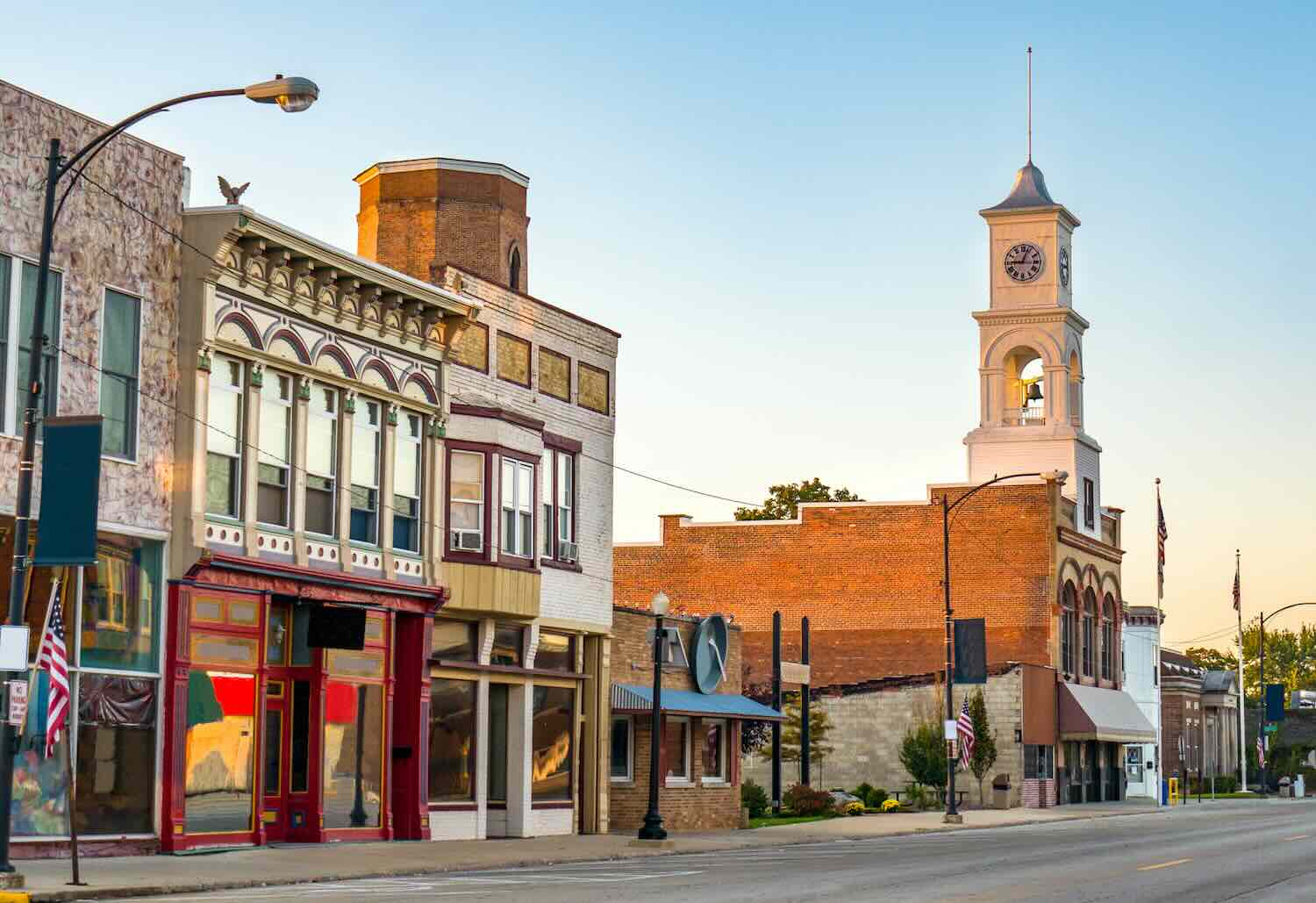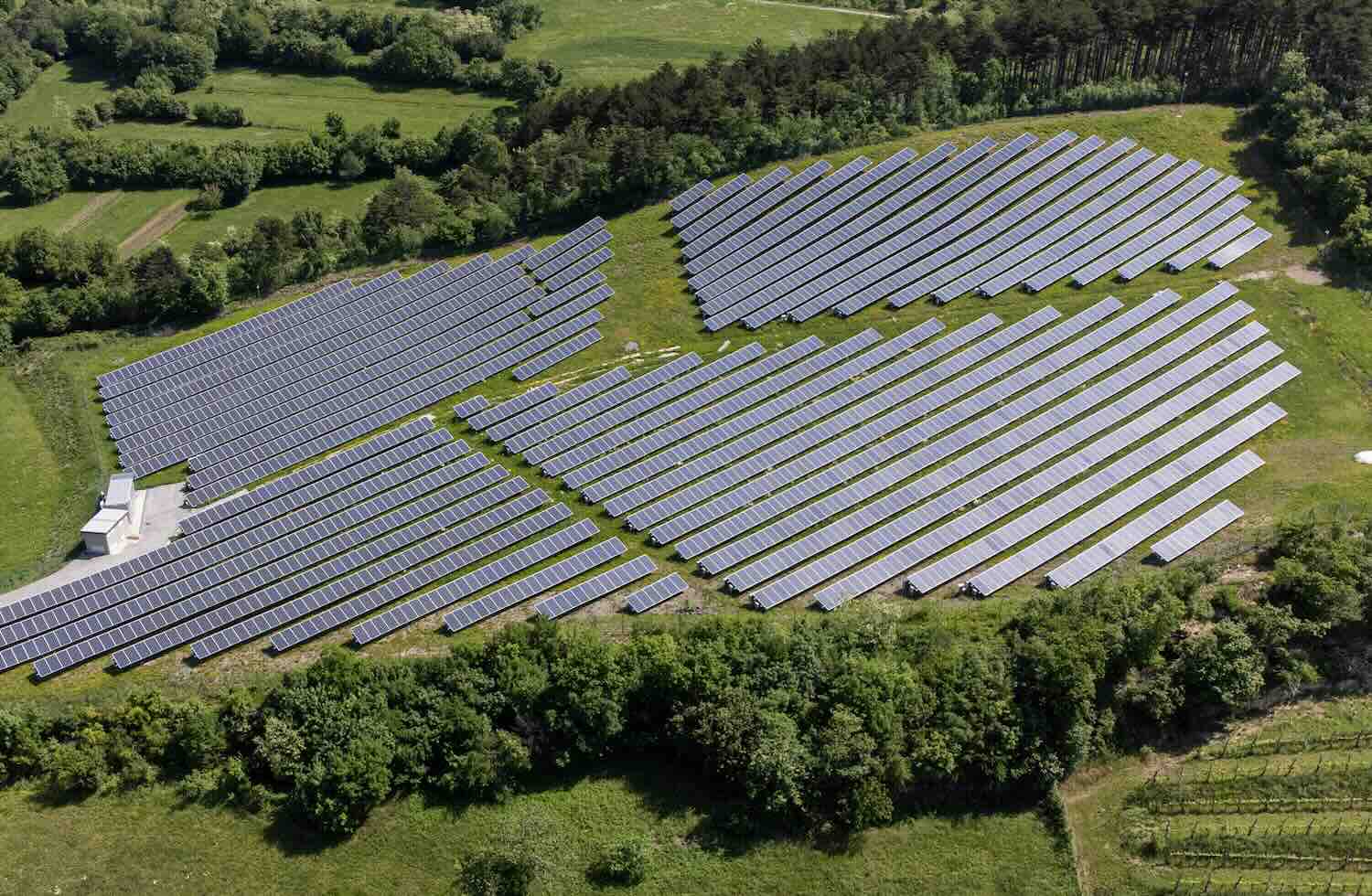ImpactAlpha, Dec. 13 – Talk about catalytic capital.
With a fresh $100 billion in funding from the Inflation Reduction Act boosting its financing capacity to $140 billion, Jigar Shah says Department of Energy’s Loans Program Office is ready to roll.
Just this week, the office arranged a $2.5 billion loan to Ultium Cells to build new lithium-ion battery plants in Ohio, Tennessee, and Michigan. The joint venture between General Motors and LG Energy expects to create 5,100 permanent jobs in the Rust Belt states.
The Loans Progam Office plays a catalytic role in providing loan guarantees to help commercialize promising climate innovations that are considered too risky by banks and private sector lenders – providing what Shah likes to call a “bridge to bankability.”
Climate tech companies may have raised large piles of venture funding, for example, but can still struggle to get a loan to finance first- or even second- or third-of-a-kind projects. That’s the kind of gap that the office’s “innovative clean energy program,” known as “1703,” is designed to fill.
Even today, funding for new approaches, such as 120-meter hub heights for onshore wind or 14-plus-megawatt offshore turbines, can be scarce, and we don’t have a decade to wait (the Loans Program Office first banked 100-megawatt+ utility-scale wind and solar projects in 2009 and the market wasn’t fully bankable until about 2019). Other promising areas: sustainable aviation fuel, long-distance transmission lines, carbon management, and “virtual power plants,” which use software for load management of residential and commercial electricity use and, increasingly, electric vehicle fleets.
“The large bridges have been built. But there are smaller bridges in these incremental transformational technologies that we might have to get involved in.”
Shah has spent his first 18 months on the job fine-tuning the loan office’s processes, procedures and risk management.
“For the first two years here, there’s been a lot of, like, are you guys for real? Are you really going to get all these things done?” Shah tells David Bank on ImpactAlpha’s latest Agents of Impact podcast. The office has nearly 100 active applications seeking more than $100 billion in loans, he says. “Now we’ve got to get those things out the door.”
Catalytic loans
Shah is known for being a step ahead in the transition to the low-carbon economy. He founded SunEdison, where he pioneered “no-money-down solar” and unlocked a multi-billion-dollar market. He went on to co-found Generate Capital, an investor, owner and operator in microgrids, HVAC systems, biogas converters, charging depots, wastewater treatment and other categories of sustainable infrastructure.
He joined the Biden administration in March 2021 to head the office, established by the 2009 stimulus bill, that famously backed Solyndra. The office helped Tesla build its first factory, but languished under the Trump administration.
Revitalized as part of President Biden’s climate agenda, Shah is going where banks don’t – yet – go. By funding first of a kind projects and technologies on the verge of commercialization, Shah hopes to whip us a sense of FOMO, or what he calls “systemic jealousy.”
Now, as the loan office works its way through a backlog of applications and pushes out more loans, bankers sitting on idle cash will begin to take note. If not the first-of-a-kind project, perhaps they will underwrite the third, fourth or fifth such projects.
“We need another two years to develop that systemic jealousy from all those banks to come in and say, ‘Hey, wait a second Jigar. We want that loan volume. We’re gonna steal it from you,’” he says. “And I’m going to say, ‘Please steal it from me. The government doesn’t want to do this role. The government is only doing it because you’re forcing us to.”
Hydrogen on the horizon
Shah says he’s particularly bullish on clean or green hydrogen or, as he puts it, “There’s smart hydrogen, and there’s dumb hydrogen. We’re leaning into the smart hydrogen.”
Of the more than a dozen use-cases for hydrogen bandied about, the loan office has zeroed in on a few applications that involve hydrogen as a way to store or carry energy. One can be glimpsed at the Intermountain Power Project in Delta, Utah, where an old coal plant is being converted into a renewable energy hub. The retrofitted plant will generate electricity in part from green hydrogen created with excess wind and solar power, and stored in massive underground caverns. Delta is one of up to 10 hydrogen hubs being supported by the federal infrastructure bill.
A $500 million loan guarantee from the DOE helped to finance the first-of-a-kind project and catalyze $650 million in private sector investment. “That is a use case that pencils,” says Shah.
Monolith Energy was conditionally approved for a more than $1 billion loan last December via the program to expand its clean hydrogen and carbon black production facilities in Nebraska.
“They take natural gas or methane, physically split it into carbon black and hydrogen, and the carbon black goes to making tires which electric vehicles still need, and the hydrogen goes to making ammonia,” Shah explains.
Although Monolith has raised equity capital – including $300 million in a deal led by TPG Rise Climate and Decarbonization Partners in July – “no one was gonna give them commercial debt to build the first of a kind facility,” says Shah. “So we were catalyzing that sector.”
Project development
The 1703 program, which got an additional $40 billion from the IRA, can fund a company’s first six projects in a region.
Other loan office programs include the advanced technology vehicle manufacturing program, which funded the recent Ultium deal, as well as Tesla’s first manufacturing plant back in 2010. A tribal energy loan guarantee program has $20 billion at its disposal. A new energy infrastructure reinvestment program aims to reposition old fossil fuel facilities or pipelines for new decarbonized uses.
Capital is no longer the gating factor on accelerating the low-carbon transition. To keep global warming below 1.5 degrees Celsius, about $4 trillion to $6 trillion on investment is needed per year. The money is there, Shah says. And so is technology – most of the techniques needed to get at least halfway to net-zero is already well proven.
“Where the world has not caught up is in creating the projects,” that can absorb $4 trillion a year. Rather than pressing banks and insurance companies for climate pledges, climate activists should be pressing mayors and governors and city councils, he says.
“Say to them, ‘Hey, why is your police car fleet still not electric, when it’s a 2.5 year payback to do that? Why is your school bus fleet still not electric When EPA is providing these grants? Why do you not have solar on all of your flat roofs When it’s a five-year payback?”
This holiday season, Shah says, anybody connected to the low-carbon transition needs to press their local officials and say, “What’s going on? Why are you not collecting all of this money that’s coming out of the federal government and the private sector and actually implementing next-generation decarbonization technologies? Why are you not creating jobs in your community?”
“It is shocking to me how little people are actually talking to their neighbors at dinner parties and holiday parties and others about these extraordinary opportunities.”
Follow all of ImpactAlpha’s Agents of Impact podcasts, including our weekly Impact Briefing, on Apple, Spotify or wherever you listen.











